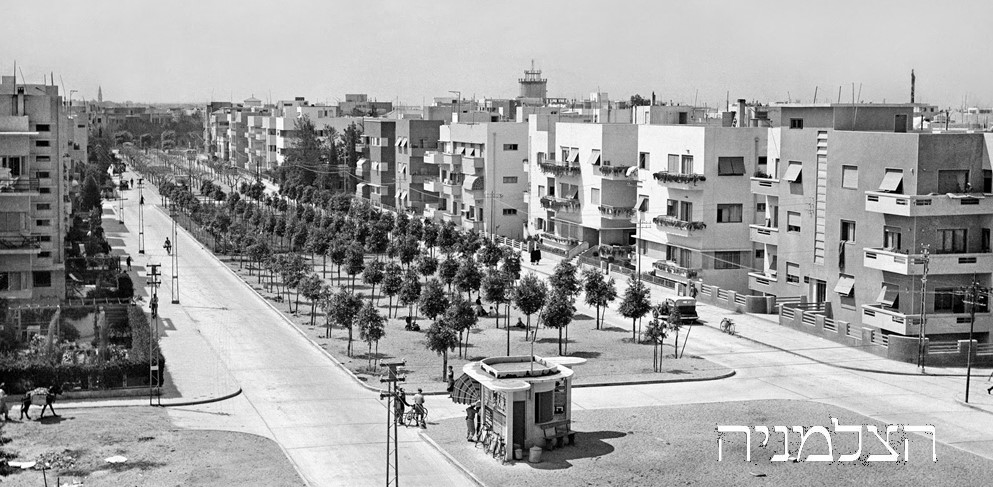For most of June, the Price in Price Tags will be far away. Mostly in Tel Aviv. More specifically, in the part known as the White City.

I kept hearing good things about Tel Aviv – the people, the food, the beaches, the night life. Even its Gay Pride and Parade – the antithesis to Jerusalem, I was told.
What really intrigued this urbanist, though, was its planning history. How its first mayor, Dizengoff – knowing the city would expand far beyond Jaffa, the historic Arab port, after World War I – needed a plan. And how he went to, of all people, a Scottish botantist in Edinburgh active in the Garden City movement. And how that planner, Patick Geddes, started on a master plan in the mid-1920s that was accepted in 1929 – and how, amazingly, Tel Aviv built it. At least the streets, blocks and, to a great extent, the public spaces. This is very unusual.

Geddes did not prescribe an architectural style for the buildings. And this is where the story gets even more interesting.
In the 1930s, with the rise of Nazism in Germany, many Jewish architects, heavily influenced by the modernist architect Corbusier and what became known as the International Style, fled to Israel, where the demand for functional, simple and inexpensive apartment buildings was enormous. Those principles were inherent in the Bauhaus Style, named after the school based in Dessau at the time when Hitler closed it (another example, to him, of ‘degenerate art’.) The flight of great architects accelerated.
Tel Aviv became, in time, the greatest concentration of such buildings in the world – over 4,000 – filling in the blocks of the Geddes Plan. Most of these two to four-storey unornamented buidings were, in response to the climate and modernist aesthetic, painted white. And hence its name.
The White City. Now with its own UNESCO designation, and a reputation that attracts people like me.
I’m going to explore a district that, I have a hunch, is going to feel rather like home: the West End – where density, mixed use, some really nice beaches, and a tolerance for what others might see as degenerate, creates a place of cultural and economic energy – hopefully not overwhelmed by tourists like me.
So follow me along on Instagram at pricetags. Our co-editor Colin may bundle a few of them, with his own insightful comments, on this platform – depending, of course, on whether either of us is not overly distracted by the demands and amusements of our lives and the places we live. Or places like Tel Aviv.












Gordon, I’d be curious to read your thoughts on the long colonnaded avenue of Shlomo Ibn Gavirol. It struck me as one of the best development, pedestrian and bike friendly, safe, and weather-appropriate for Tel Aviv. I have yet to find a discussion of it in any urbanism/architecture magazine. When I asked a local, she answered caustically “yes, we found something that worked beautifully. That’s why we never did it again.” I put a few photos on https://enviropaul.wordpress.com/tag/tel-aviv-israel-solar-power-urban-design-bike-paths-arcades/ . But I’m no urbanist, and I’d love to hear your thoughts.